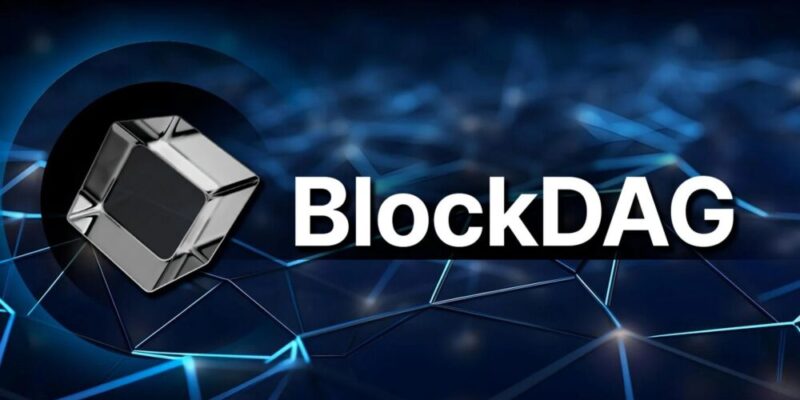Layer 1 blockchain protocols continue evolving to address fundamental scalability, security, and decentralization challenges that remain critical for mainstream adoption. These base-layer innovations represent the foundation upon which the entire blockchain ecosystem builds, making advancements at this level particularly substantial for the technology’s future. Recent developments show an increasing shift toward directed acyclic graph (DAG) structures that complement traditional blockchain designs while addressing inherent limitations of linear chain architectures.
The ai powered blockchain strategy combines blockchain’s sequential security with DAG’s parallel processing capabilities, creating hybrid systems that can overcome both structures’ limitations individually. This architectural innovation enables new consensus mechanisms that maintain security guarantees while improving transaction throughput capabilities. Fusing these previously separate approaches has sparked renewed exploration of base layer designs across multiple development communities working on next-generation protocols.
Parallel processing paradigm
Traditional blockchains process transactions sequentially, creating inherent bottlenecks regardless of other optimizations. DAG-influenced Layer 1 protocols enable parallel transaction processing that fundamentally changes throughput potential without sacrificing security properties essential for trustless systems. This parallel processing capability represents the most transformative influence on protocol innovations. The ability to process multiple transaction branches simultaneously creates theoretical throughput improvements measured in orders of magnitude rather than incremental percentages. This dramatic scaling potential has prompted even established Layer 1 projects to explore incorporating DAG elements into their architectures through planned upgrades or complementary systems that preserve compatibility with existing networks.
Consensus mechanism evolution
DAG-inspired approaches have catalyzed important innovation in consensus mechanisms that move beyond traditional Proof of Work and Proof of Stake models. These hybrid consensus systems incorporate concepts from directed graphs to enable more efficient agreement processes, particularly suited for high-throughput applications.
- Weighted voting systems based on transaction references rather than blocks
- Partial ordering consensus that requires agreement only on transaction conflicts
- Asynchronous Byzantine fault tolerance models with a leaderless design
- Virtual voting mechanisms that eliminate explicit consensus messaging
- Hybrid systems combining traditional consensus with DAG structures
These consensus innovations directly address the scalability trilemma that has constrained Layer 1 development by offering new approaches to balancing security, decentralization, and performance without traditional tradeoffs.
Fee market transformation
The parallel processing capability of DAG-influenced protocols creates fundamentally different transaction fee dynamics compared to sequential blockchains. This fee structure transformation addresses one of the most persistent user experience problems in traditional blockchain systems, where congestion causes unpredictable fee spikes.
- More predictable fee structures due to the elimination of block space competition
- Micro-transaction viability through drastically reduced minimum fees
- Fee stability during usage spikes through parallel capacity scaling
- Resource-based pricing replacing auction-based fee markets
- Prioritization models based on graph position rather than fee amounts
These fee market improvements directly enhance Layer 1 usability for applications requiring consistent transaction costs and predictable confirmation times regardless of network congestion levels.
Interoperability architecture
DAG-based design principles have influenced how Layer 1 protocols approach interoperability with other networks. The non-linear structure creates natural connection points for cross-chain communication that differ from traditional bridge models relied upon by linear blockchains. This architectural influence extends beyond DAG-specific protocols to broader interoperability approaches across the ecosystem. This characteristic has inspired new approaches to modular blockchain design where different execution environments connect through a unified security and consensus layer. The resulting architectures combine specialization benefits with security advantages of unified systems.













Comments